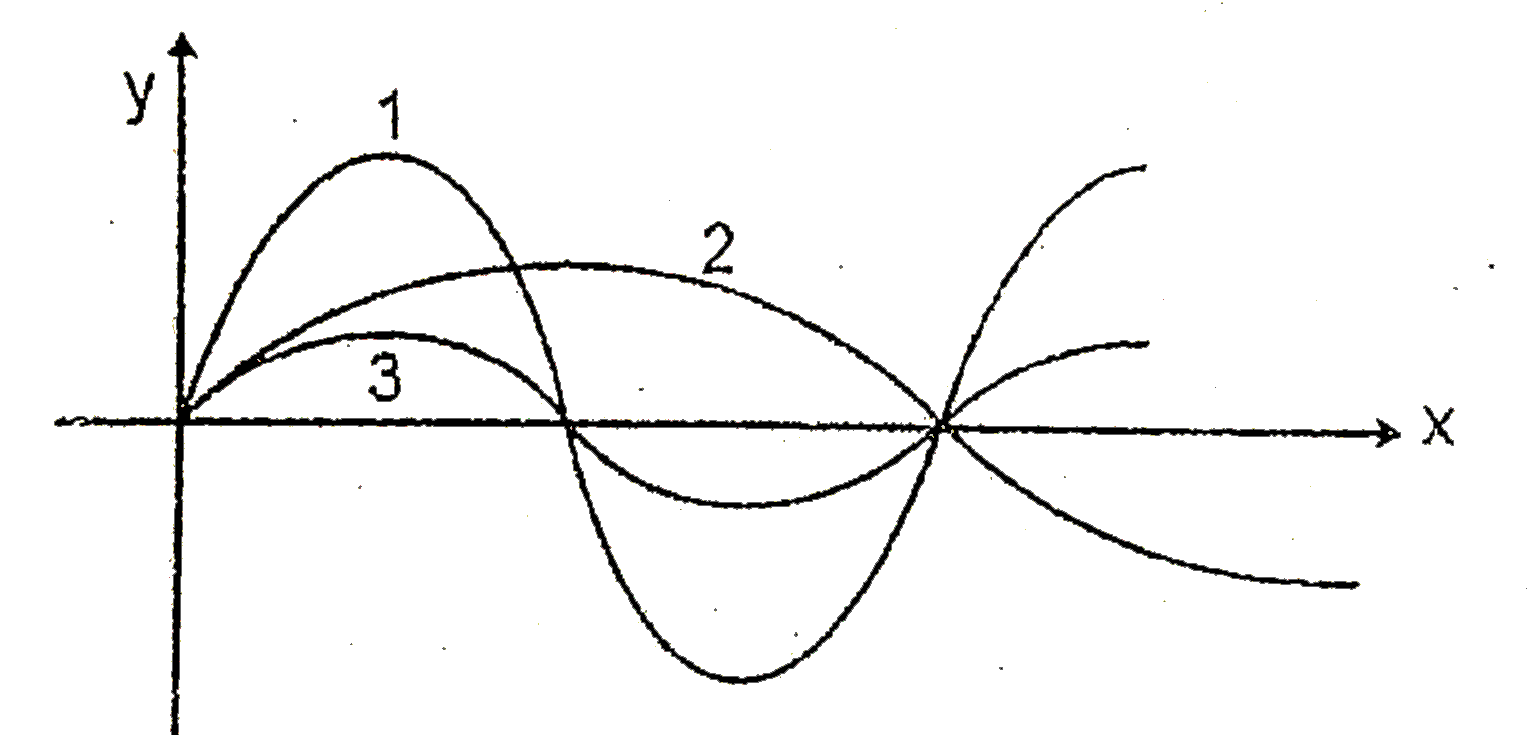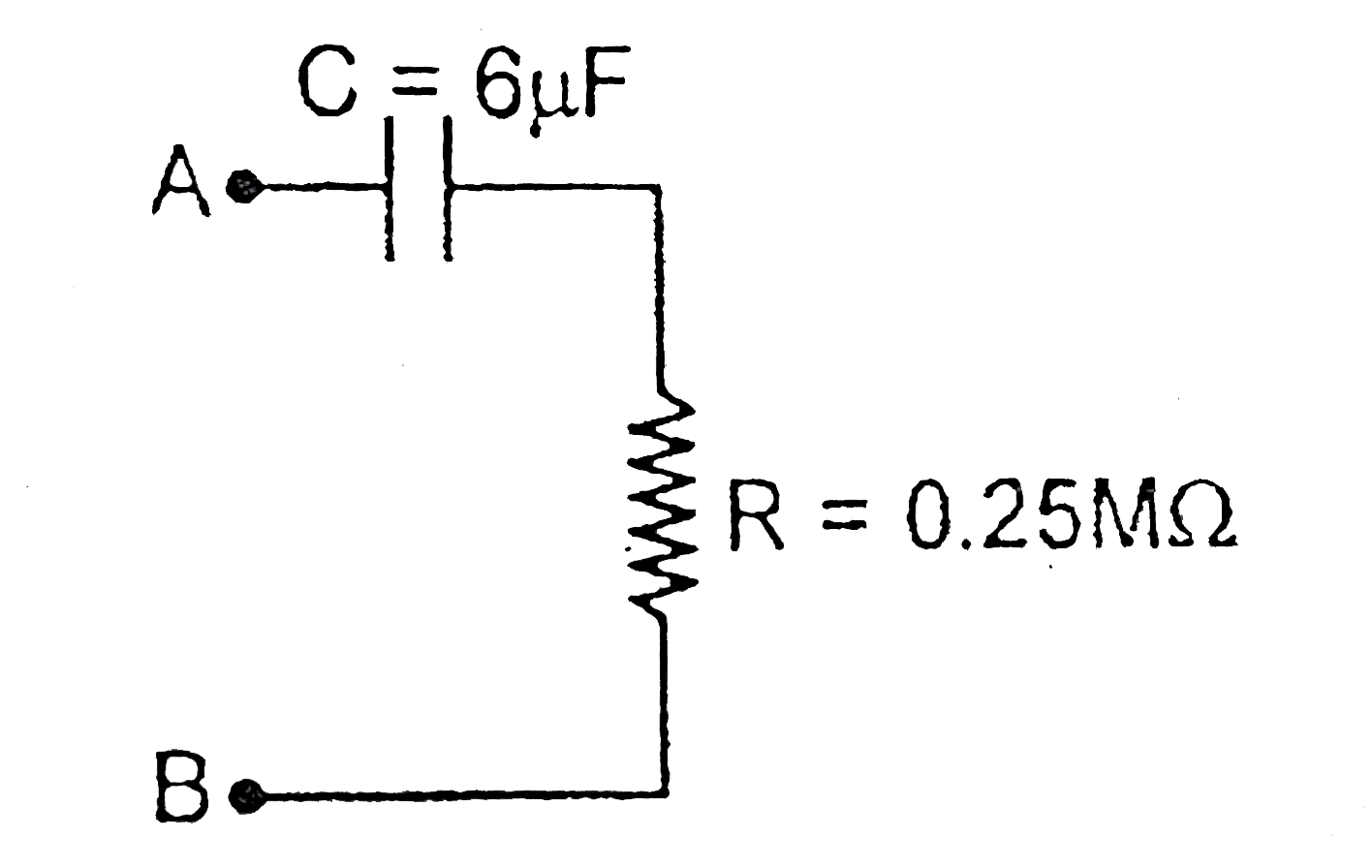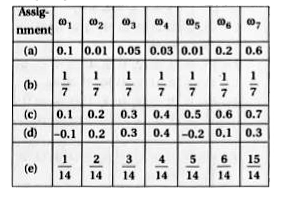Graph show three waves that are separately send along a string that is stretched under a certain tension along x−axis. If ω1.ω2 and ω3 are their angular frequencies respectively then :

ω1=ω3>ω2
ω1>ω2>ω3
ω2>ω1=ω3
ω1=ω2=ω3
The correct Answer is:A
Step by step video solution for Graph show three waves that are separately send along a string that is stretched under a certain tension along x-axis. If omega_(1).omega_(2) and omega_(3) are their angular frequencies respectively then : by Physics experts to help you in doubts & scoring excellent marks in Class 12 exams.
Updated on:21/07/2023Topper's Solved these Questions
- TRAVELLING WAVESBOOK - RESONANCE ENGLISHCHAPTER - TRAVELLING WAVESEXERCISE - Exercise- 2 PART II
19 Videos
- TRAVELLING WAVESBOOK - RESONANCE ENGLISHCHAPTER - TRAVELLING WAVESEXERCISE - Exercise- 2 PART III
15 Videos
- TRAVELLING WAVESBOOK - RESONANCE ENGLISHCHAPTER - TRAVELLING WAVESEXERCISE - Exercise- 1 PART II
30 Videos
- TEST SERIESBOOK - RESONANCE ENGLISHCHAPTER - TEST SERIESEXERCISE - PHYSICS
130 Videos
- WAVE ON STRING BOOK - RESONANCE ENGLISHCHAPTER - WAVE ON STRING EXERCISE - Exercise- 3 PART II
7 Videos
Similar Questions
A certain transvers sinusoidal wave of wavelength 20cm is moving in the positive X direction. The transverse velocitt of the particle at x=0 as a function of time is shonwn. The amplitude of the motion is equal to xπ (in cm). Find x :

View SolutionThe plane wave represented by an eqution of the form y = f(x-vt) implies the propagation along the positive x-axis without chang of shape with constant velocity v. Then
View SolutionFor the wave shown in figure, the equation for the wave, travelling along +x acis with velocity 350ms−1 when its position at t=0 is as shown

View SolutionA time varying voltage is applied across A & B such that voltage across capacitor is given by VC=2sin2t. What is maximum potential difference across the reistance?

View SolutionA string is stretched betweeb fixed points separated by 75.0cm. It observed to have resonant frequencies of 420Hz and 315Hz. There are no other resonant frequencies between these two. The lowest resonant frequency for this strings is
View Solutionω1=12+i√32andω2=−12−i√32, show that ω21=ω2.
View SolutionGraph shows three waves that are separately sent along a string that is stretched under a certain tension along x-axis. If omega_(1),omega_(2) and omega_(3) are their angular frequencies, respectively, then:
View SolutionAt a certain frequency ω1, the reactance of a certain capacitor equals that of a certain inductor. If the frequency is changed to ω2=2ω1, the ratio of reactance of the inductor to that of the capacitor is :
View SolutionThe angular velocities of three bodies in SHM are omega_(1), omega_(2), omega_(3) with their respective amplitudes as A_(1),A_(2),A_(3) . If all three bodies have same mass and maximum velocity then
View SolutionGraph show three waves that are separately send along a string that is stretched under a certain tension along x- axis. If omega_(1).omega_(2) and omega_(3) are their angular frequencies respectively then :
View SolutionWhich of the following cannot be valid assignmentof probabilities for outcomes of sample space
S={ω1,ω2,ω3,ω4,ω5,ω6,ω7}?
Assignement ω1,ω2,ω3,ω4,ω5,ω6,ω7
a. 0.1,0.01,0.05,0.03,0.01,0.3,0.6
b. 17,17,17,17,17,17,17
c. 0.1,0.2,0.3,0.4,0.5,0.6,0.7
d. -0.1,0.2,0.3,0.4,-0.2,0.1,0.3
e. 114,214,314,414,514,614,1514
View SolutionThe angular velocities of three bodies in simple harmonic motion are ω1,.ω2,ω3 with their respective amplitudes as A1,A2,A3. If all the three bodies have the same mass and velocity, then :
View SolutionIf ω1,ω2ω3ω4 are angular velocities of rotation of earth, seconds hand, minutes hand. hours hand of a watch respectively these values in decreasing order is
View SolutionWhich of the following can not be valid assignment of probabilities for outcomes of sample Space S={ω1,ω2,ω3,ω4,ω5,ω6,ω7}

View SolutionThe angular velocities of three bodies in SHM are ω1,ω2,ω3 with their respective amplitudes as A1,A2,A3. If all three bodies have same mass and maximum velocity then
View SolutionAt a certain frequency ω1, the reactance of a certain capacitor equals that of a certain inductor. If the frequency is changed toω2=2ω1, the raito of reactance of the inductor to that of the capacitor is :
View Solution

